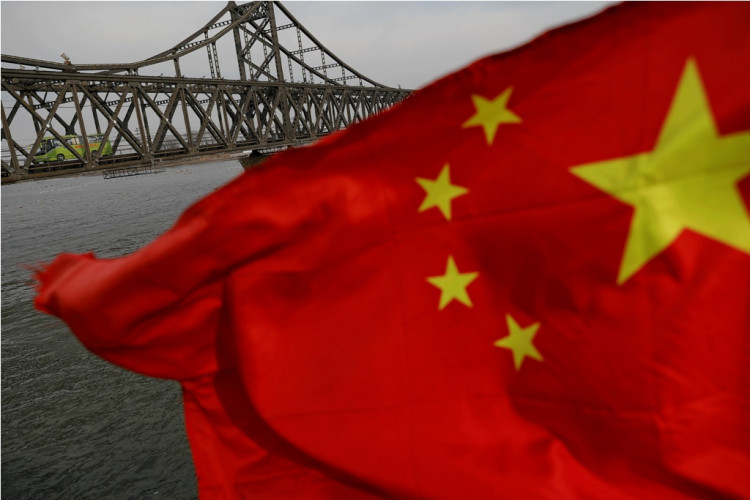China has boosted its 2021 defense budget to $209 billion -- the highest in history -- in what it calls a "normal, steady and restrained" increase given the serious threats it faces from the United States, NATO, and their Indo-Pacific allies.
This year's military spending announced at the opening of the annual National People's Congress (NPC) on Friday is 6.8% larger than the $179 billion package for 2020. China earmarked $184 billion for military spending in 2019 and $172 billion in 2018.
With the exception of the 2021 defense outlay, China's defense spending as a percentage of its gross domestic product has fallen almost every year since 2014, when it accounted for 12.2% of GDP. The sole exception to this downward trend was a spike in 2018.
Premier Li Keqiang told NPC delegates efforts to strengthen the People's Liberation Army (PLA) will continue. He vowed to boost military training and preparedness across the board. China will also improve its approach to defense-related scientific, technological and industrial efforts.
Prior to the NPC, Chinese military analysts predicted single digit defense spensing growth, likely smaller than the 6.6% rise in 2020 due to the need to attend to more pressing economic needs brought about by the covid-19 pandemic.
Analysts quoted by the Global Times, a newspaper owned by the Communist Party of China (CPC), said it's reasonable for China to continue boosting its defense budget to reflect its economic development.
They said a strong national defense is imperative to safeguard "the fruits and prospects of economic development from both traditional security threats like wars and non-traditional security threats like terrorism, natural disasters and pandemics."
China's defense spending for this year is line with the overall level of economic development, argues Zhang Yesui, spokesperson for the fourth annual session of the 13th NPC.
"Maintaining a proper and steady increase in defense spending is needed to safeguard our sovereignty and development interests, fulfill China's international responsibility and obligations, and promote the transformation of the Chinese military with Chinese characteristics," said Zhang.
The growth in China's military budget for 2021 is "moderate and reasonable" and is also in line with China's GDP growth, said Song Zhongping, a Chinese military expert.
The huge outlay is necessary to forge ahead with the expensive military modernization program being implemented by the PLA. Chinese military pundits admit the PLA still deploys many outdated weapons and equipment in dire need of replacement by newer and more capable ones.
Big ticket items in the PLA's modernization program include building a third aircraft carrier for the People's Liberation Army Navy (PLAN) and mass-producing the Chengdu J-20 stealth fighter jet for the People's Liberation Army Air Force (PLAAF).
There is also a pressing need for more intensive combat training for infantry of the People's Liberation Army Ground Force (PLAGF) to prepare for potential military threats.
The boost in the 2021 defense budget attains the goal for the PLA set in the fifth plenary session of the 19th Central Committee of the CPC held in October 2020.
The goal set forward was to make "significant strides in the modernization of national defense and armed forces in the next five years." The development of the economy should also go side-by-side with strengthening the PLA.
China plans to achieve the centennial goal of military development by the 100th anniversary of the founding of the PLA in 2027. The PLA should achieve modernization by 2035, placing it in a position to credibly challenge the United States in Indo-Pacific battlefields.






